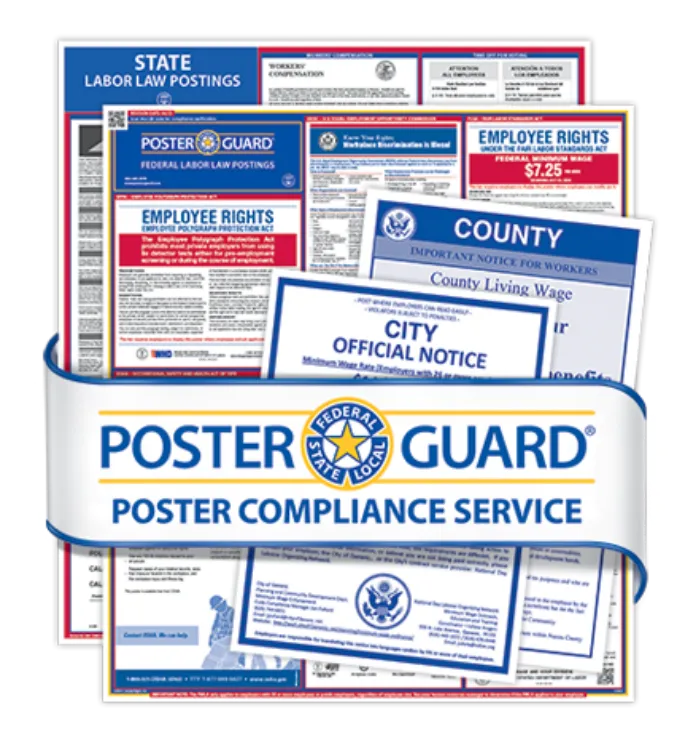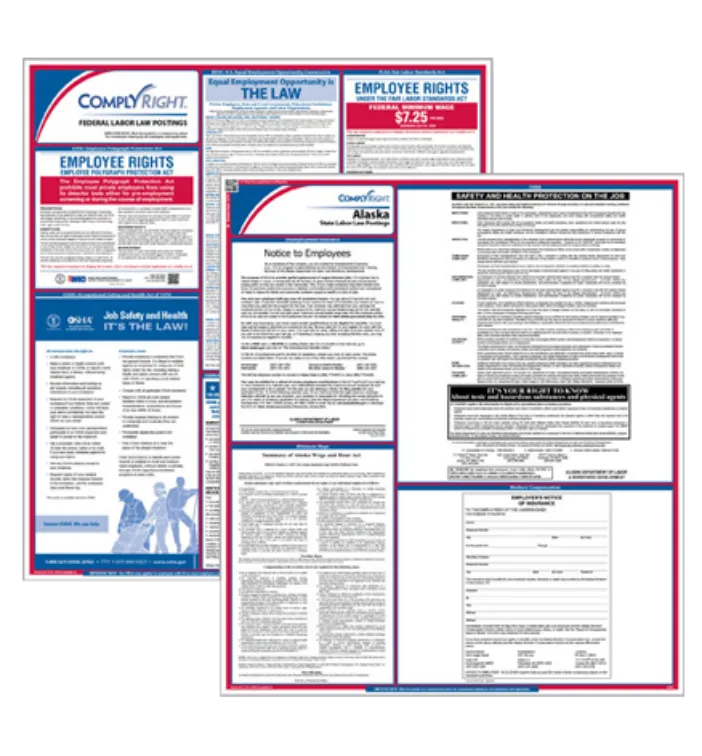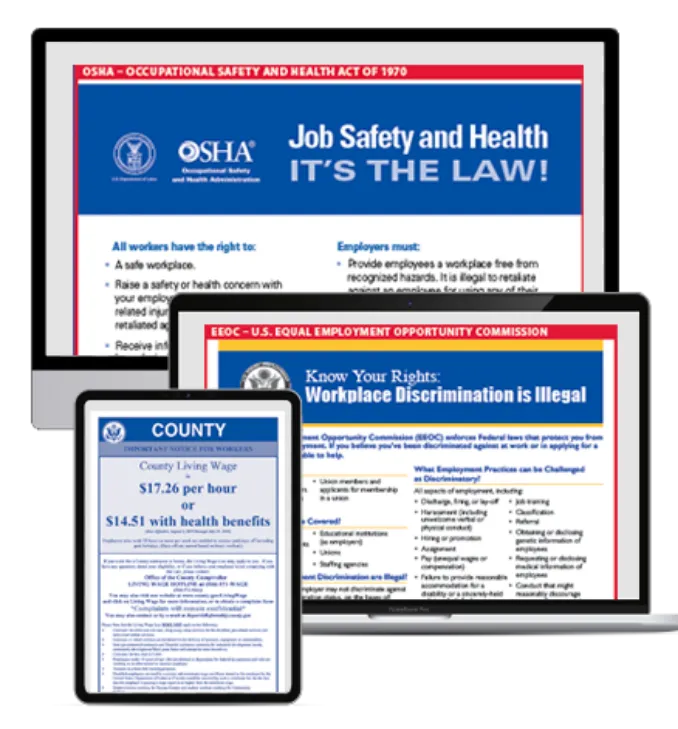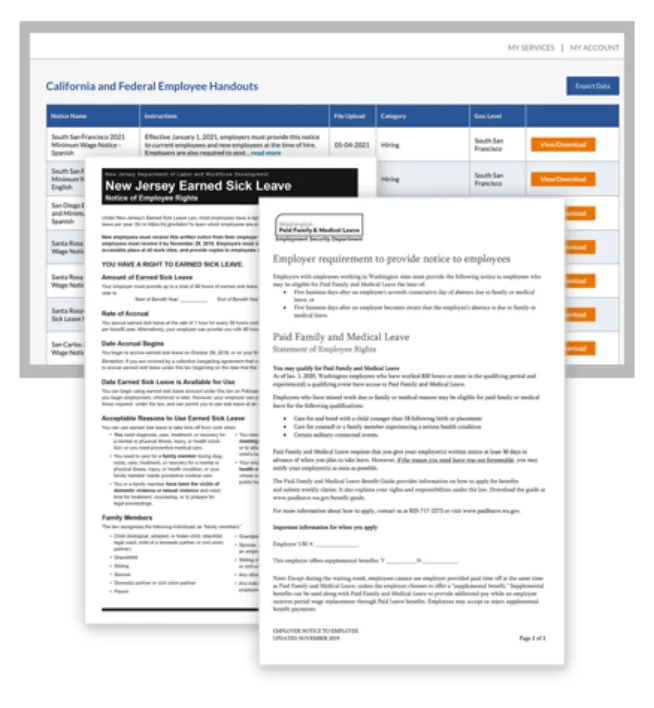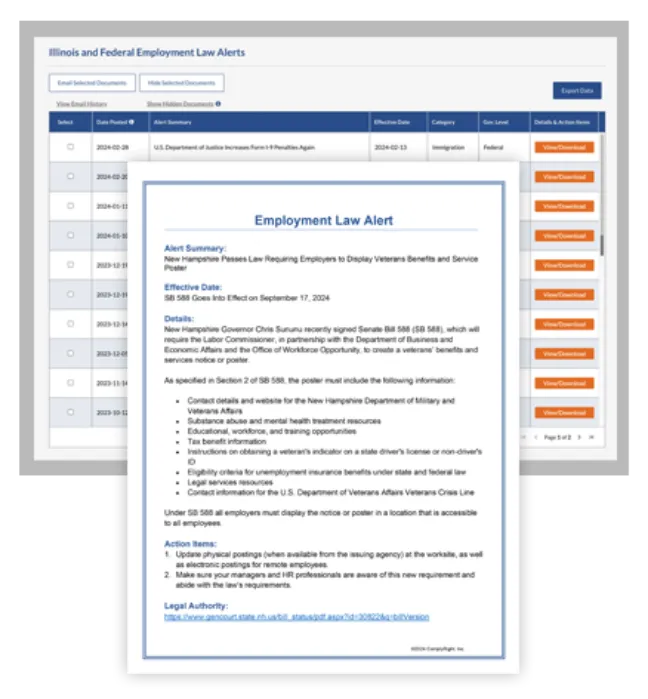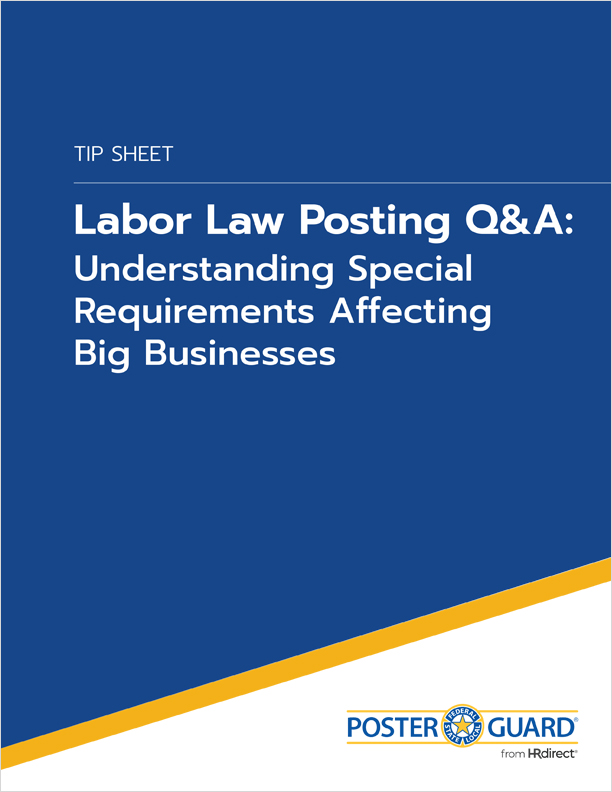Although the Occupational Safety and Health (OSH) Act of 1970 requires businesses to provide workplaces “free from recognized hazards that are causing or likely to cause death or serious physical harm” to employees, roughly three million workers are seriously injured – and another 4,500 workers are killed – on the job every year, according to the Bureau of Labor Statistics. These numbers are likely even higher due to the fact that many chronic illnesses attributable to workplace exposure to hazardous elements (asbestos or silica, for example) occur long after exposure has ended and therefore aren’t classified as work-related, which not only skews the numbers, it also costs your workers more of their hard-earned money. As an employer, it’s up to you to keep your business safe and help prevent workplace injuries.
Workers face the biggest financial burden for injuries
The financial impact of work-related illnesses and injuries is huge – and it’s mostly shouldered by the workers themselves, with help from their families, private insurance and taxpayer-sponsored programs. While workers’ compensation programs were designed to ease the financial burden of illness or injury for workers, many state legislatures and courts have made it difficult for workers to receive the full benefits they’re entitled to by establishing stricter standards in hopes of decreasing claims and lowering costs for employers. Nowadays, workers’ compensation payments typically cover less than a quarter of lost wages and medical costs. Injured workers, their families and their private health insurance pay the bulk (63%) of the total costs with taxpayers covering the rest (16%).
Additionally, many eligible employees aren’t getting any help from employers: It’s estimated that fewer than 40% of eligible workers apply for workers’ compensation at all. Some of this is due to workers’ concerns that they will be fired if they apply for coverage. Additionally, non-English speaking workers often face barriers when trying to apply in English or their language of choice.
Another reason why employers are shouldering less of the financial burden is due to a changing landscape in the labor market. Employers are increasingly relying upon temporary workers and independent contractors – many of whom are actually misclassified employees. If employees are misclassified, they may not receive proper OSHA training – which contributes to workplace injuries – or workers’ compensation, thereby passing the cost of any injuries solely onto the workers. Employers tend to gloss over safety training for temporary workers, too, since they’re short-term help.
Creating a safe, hazard-free workplace
With an eye toward preventing injuries (rather than responding to them), employers need to take steps to create safe, hazard-free workplaces. First, take the time to identify potential hazards in the workplace. This could be as simple as shadowing workers for a few hours, conducting a self- inspection of the workplace, meeting with managers to discuss past or current problems and reviewing OSHA logs to identify any repeated incidents or injuries. Next, do everything necessary to make the workplace safer. For example, provide workers with the proper safety gear and update machinery, equipment, tools, and processes to reduce risks. This includes giving all workers – including independent contractors and temporary workers – general safety training, as well as any training specific to your workplace and its unique dangers. Finally, make sure you’re classifying employees correctly and informing them about their right to apply for workers’ compensation.

